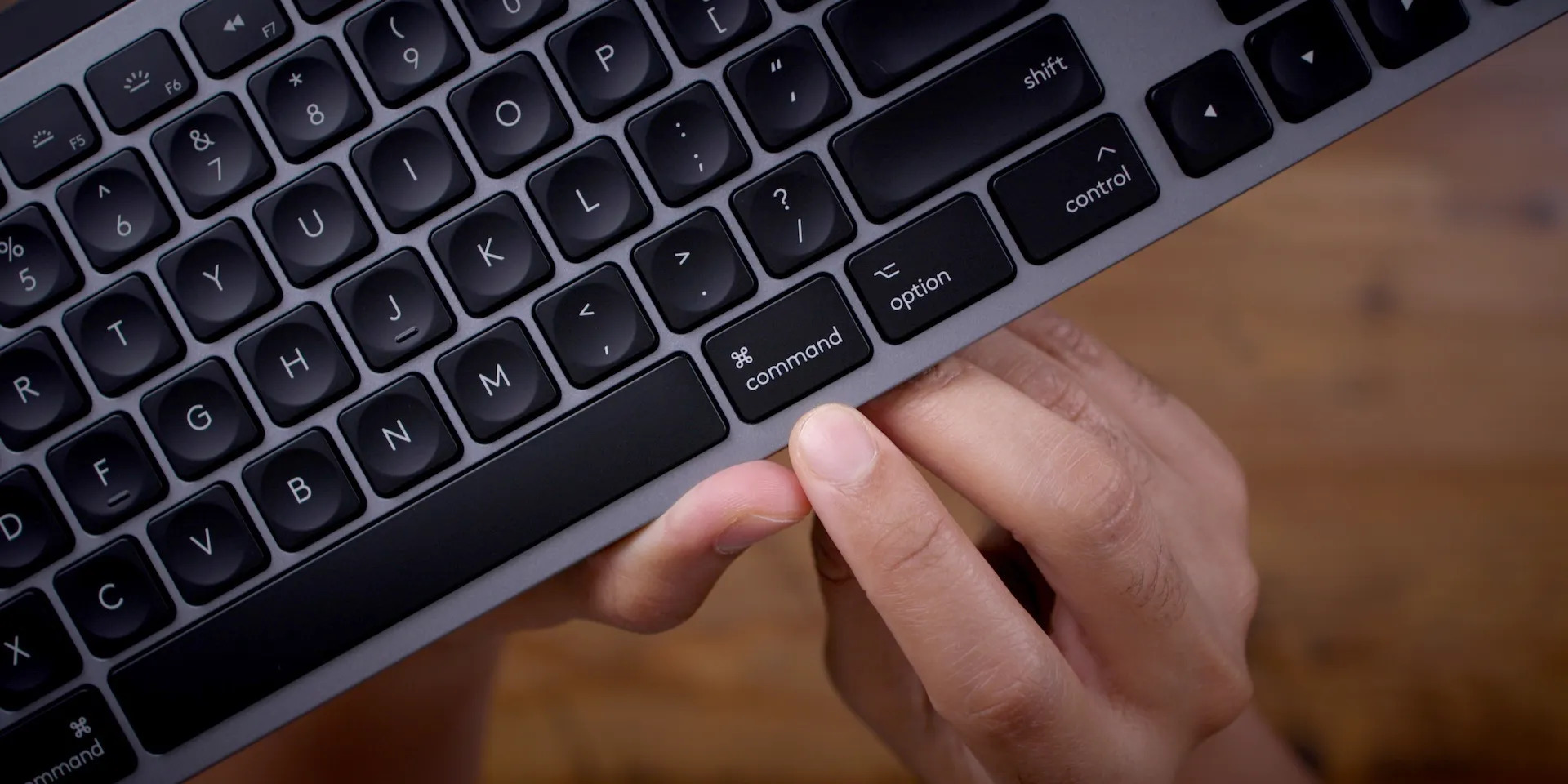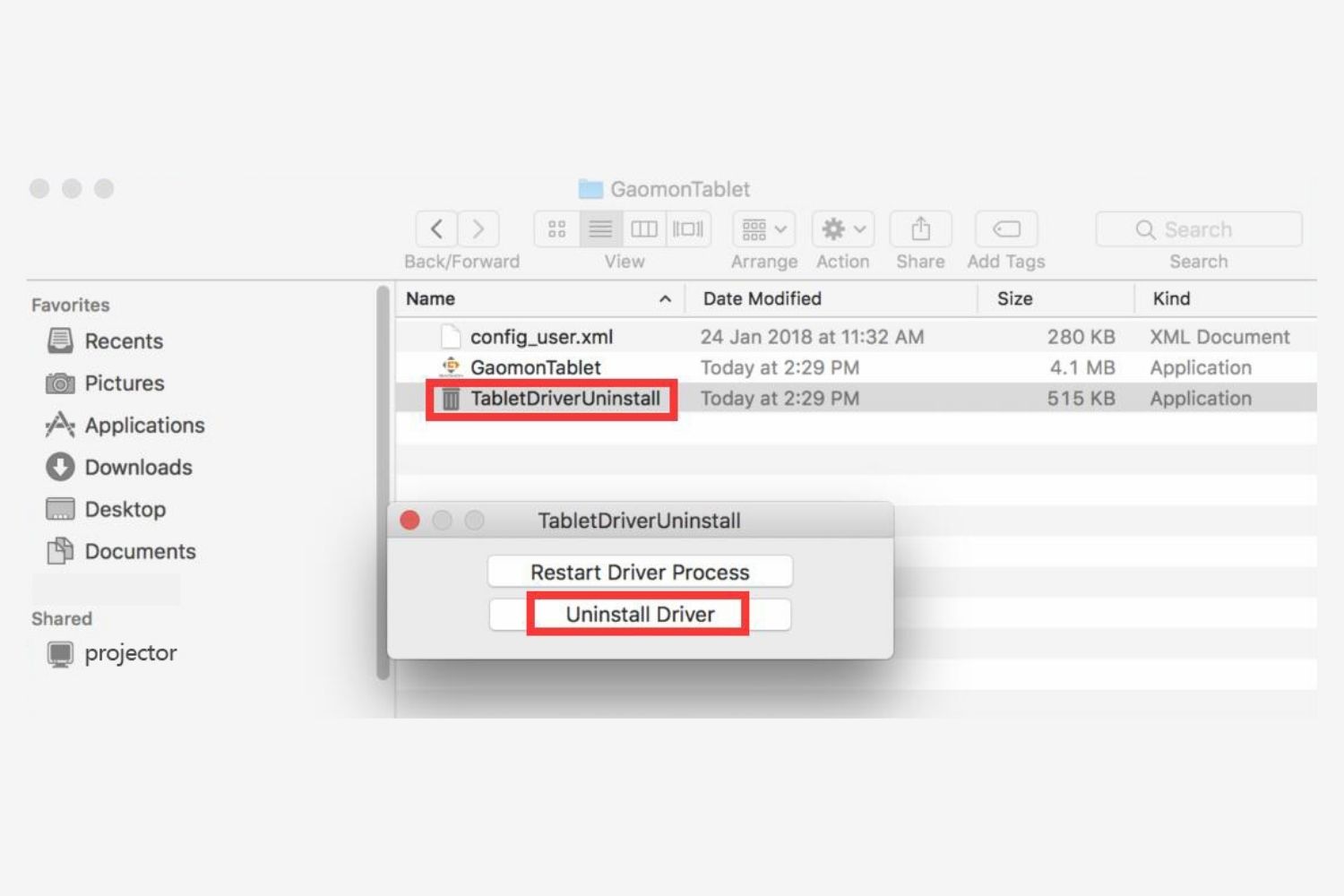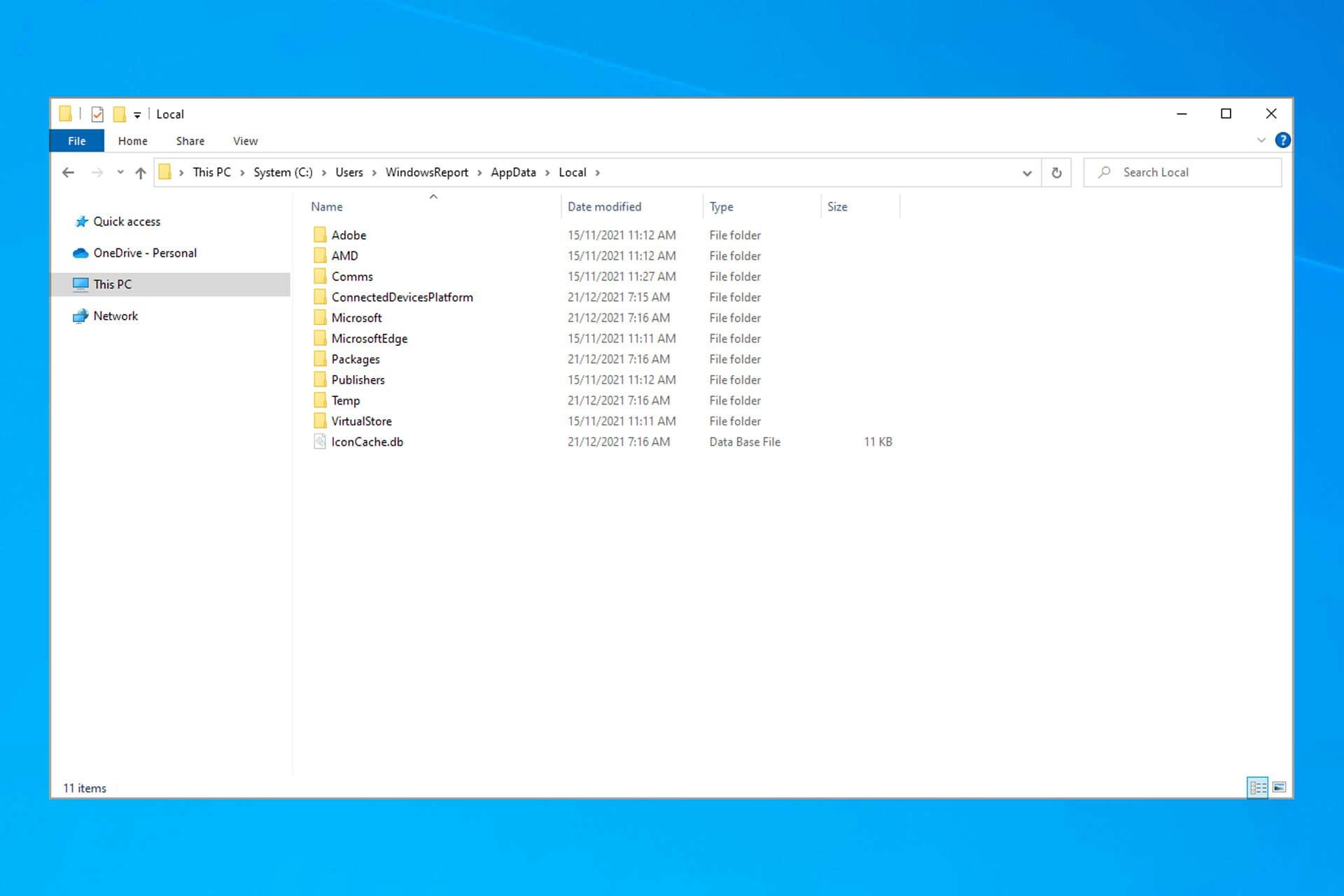Introduction
Deleting unwanted files on your computer is a simple and essential task. However, sometimes you may encounter stubborn files that cannot be easily deleted using the regular methods. This can be frustrating, especially when you need to free up space on your Windows 10 computer.
Fortunately, there are ways to force delete files in Windows 10, even when they refuse to be deleted through conventional means. In this article, we will explore three methods that can help you to forcefully remove stubborn files from your computer.
It is important to note that force deleting a file should be done with caution. Make sure that you are deleting the right file, as once a file is force deleted, it cannot be recovered. Also, be aware that some files may be locked or in use by system processes, making them difficult to delete. Now, let’s dive into the methods that can help you to force delete files in Windows 10.
Method 1: Using Windows Explorer
One of the simplest ways to force delete a file in Windows 10 is by using the built-in Windows Explorer. Here’s how you can do it:
- Open Windows Explorer by either pressing the Windows key and E simultaneously or by right-clicking on the Start menu and selecting “File Explorer”.
- Navigate to the location where the file is located.
- Find the file you want to delete, right-click on it, and select “Delete”.
- If you encounter an error message saying that the file is in use or cannot be deleted, try closing any applications that may be using the file. Sometimes, files can be locked by running processes.
- If closing applications doesn’t work, you can try restarting your computer and then attempting to delete the file again.
- If none of the above methods work, you can try accessing the file in Safe Mode. To do this, restart your computer and press F8 repeatedly before the Windows logo appears. Select “Safe Mode” from the boot menu, navigate to the file location, and try deleting it from there.
Using Windows Explorer to force delete a file is the most straightforward method, and it often solves the problem. However, if you still struggle to delete the file, don’t worry—there are alternative methods you can try. Let’s explore another option: using the Command Prompt.
Method 2: Command Prompt
If you’re comfortable with using the Command Prompt, you can utilize its powerful commands to force delete a file on Windows 10. Follow these steps:
- Open the Command Prompt by pressing the Windows key and typing “cmd” into the search bar. Click on the “Command Prompt” option when it appears.
- Navigate to the directory where the file is located. You can use the “cd” command to change directories. For example, if the file is on your desktop, you can type:
cd Desktop. - Once you’re in the correct directory, use the “del” command followed by the name of the file you want to delete. For instance, if the file name is “example.txt”, you would enter:
del example.txt. - If the file is being used by another process or is locked, you may receive an error message. In this case, you can use the “taskkill” command to force stop any programs using the file. First, find the process ID (PID) associated with the file by using the “tasklist” command. Then, force kill the process using the “taskkill” command with the associated PID.
- Once the file is successfully deleted, close the Command Prompt window.
The Command Prompt method gives you more control over the deletion process and can forcefully delete files that are locked or in use. However, exercise caution when using commands in the Command Prompt, as deleting the wrong file or terminating essential processes can have unintended consequences.
If neither the Windows Explorer nor the Command Prompt method works for you, there are third-party tools available that specialize in force deleting files. Let’s explore this option further.
Method 3: Third-Party Tools
If the previous methods fail to forcefully delete a file in Windows 10, you can turn to third-party tools that are designed specifically for this purpose. These tools offer advanced features and functionalities to deal with stubborn files. Here are a few popular options:
- Unlocker: Unlocker is a widely-used tool that helps you delete locked files. Simply right-click on the file you want to delete and select the “Unlocker” option. The tool will display information about which processes are using the file and give you the option to terminate them or unlock the file for deletion.
- IObit Unlocker: Similar to Unlocker, IObit Unlocker allows you to delete stubborn files by terminating processes that are using them. It provides a simple and intuitive interface, making it easy to force delete locked files on Windows 10.
- FileASSASSIN: FileASSASSIN is a powerful tool developed by Malwarebytes. It enables you to delete stubborn files that are resistant to deletion using standard methods. It can help you forcefully remove files that are locked, contain malware, or exhibit other issues.
Before using any third-party tool, it’s important to download them from reputable sources and exercise caution to avoid downloading malware or potentially harmful software. Additionally, make sure to follow the instructions provided with the tool to ensure safe and effective file deletion.
By leveraging these specialized third-party tools, you can navigate around file locking and deletion issues that may arise on Windows 10.
Keep in mind that utilizing third-party tools should be your last resort, as they may come with their own risks and potential limitations. Always exercise caution and research the tools you plan to use.
Conclusion
Deleting stubborn files on Windows 10 can be frustrating, but thankfully, there are multiple methods you can try to force delete them. In this article, we’ve explored three effective ways to accomplish this task.
Firstly, you can use Windows Explorer to delete the file. If the file is in use or locked, you can try closing applications or accessing the file in Safe Mode. Secondly, the Command Prompt provides a powerful method to force delete files by utilizing commands like “del” and “taskkill”. Finally, there are third-party tools such as Unlocker, IObit Unlocker, and FileASSASSIN that offer specialized features to handle stubborn files.
When attempting to force delete a file, it’s important to exercise caution. Make sure you are deleting the correct file, as force-deleted files cannot be recovered. Additionally, be aware of the potential risks associated with third-party tools and download them only from reputable sources.
If you’re still struggling to delete a file after trying these methods, it is advisable to seek further assistance from technical support or online forums dedicated to Windows troubleshooting.
Remember, force deleting a file should be treated as a last resort. Before resorting to force deletion, consider if the file is essential or if there are any alternative solutions, such as moving or renaming the file.
By following these methods and taking necessary precautions, you can overcome the challenges posed by stubborn files and successfully force delete them on your Windows 10 computer.

























